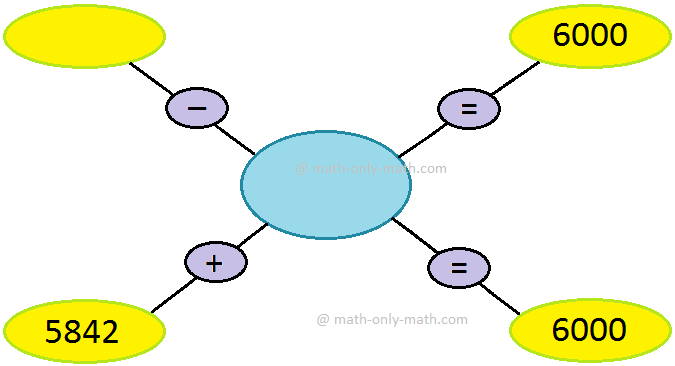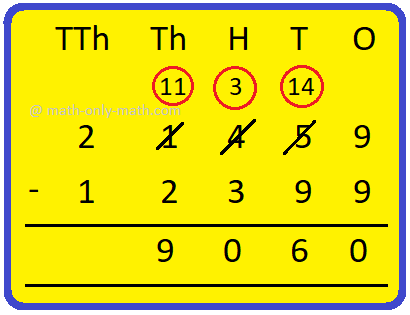Boolean Logic Defines
Boolean logic defines an abstract mathematical structure. By a Boolean algebra we mean a set B together with two binary operations +, ∙ on B (known as addition and multiplication respectively) and a unary operation ' on B (called complementary) satisfying the following axioms:
Axiom. 1. The operations are commutative; i.e.,
a + b = b .+ a, a ∙ b = b ∙ a for all a, b ϵ B
Axiom. 2. Each binary operation distributes over the other; i.e.,
a + (b ∙ c) = (a + b) ∙ (a + c)
and a ∙ (b + c) = (a ∙ b) + (a ∙ c) for all a, b, c ϵ B
Axiom. 3. B contains distinct identity elements 0 and 1 (known as zero element and unit element) with respect to the operations +, ∙ respectively; i.e.,
a + 0 = a, a ∙ 1 = a, for every a ϵ B.
Axiom. 4. For each a ϵ B, there exists an element a' ϵ B such that a + a' = 1 and a ∙ a' = 0.
Note:
(i) a' is called the complement of a. (a')' will be denoted by a'' and so on. Very often we shall write a ∙ b as ab.
(ii) The binary operations in the definition need not be written as + and
Instead, we may use other symbols such as ∪, ∩ (known as union and intersection respectively), or, ⋁, ⋀ (known as join and meet) to denote these operations.
(iii) A Boolean algebra is generally denoted by a 6-tuple (B, +, ∙, ', 0, 1) or by (B, +, ∙, ') or, simply by the set B in it.
If n = 50 which is not square-free, B = {1, 2, 5, 10, 25, 50}. Observe that 5' = ⁵<span style='font-size: 50%'>/₅ = 10 and 5 + 5' = 5 + 10 = l.c.m of 5, 10 = 10 ≠ 50. Also, 5 ∙ 5' = 5 ∙ 10 = h.c.f of 5, 10 = 5 ≠ 1. Thus {B, +, ∙, ', 1, 50} is not a Boolean algebra. From Boolean Logic Defines to HOME PAGE Didn't find what you were looking for? Or want to know more information
about Math Only Math.
Use this Google Search to find what you need.Examples:
1. Let A be a non-empty set and P(A) be the power set of A. Then P(A) is a Boolean algebra under the usual operations of union, intersection and complementation in P(A). The sets ∅ and A are the zero element and unit element of the Boolean algebra P(A). Observe that if A is an infinite set, then the Boolean algebra P(A) will contain infinite number of elements.
2. Let B be the set of all positive integers which are divisors of 70; i.e., B = {1, 2, 5, 7, 10, 14, 35, 70}. For any a, b ϵ B, let a + b = l.c.m of a, b; a ∙ b = h.c.f. of a, b and a' = ⁷<span style='font-size: 50%'>/₀. Then with the help of elementary properties of l.c.m. and h.c.f. it can be easily verified that (B, +, ∙, ', 1, 70) is a Boolean algebra. Here 1 is the zero element and 70 is the unit element.
We can generalize this example with the help of the following result:
Result:
Let n > 1 be an integer and B be the set of positive integers which are divisors of n. For a, b ϵ B we define a + b = l.c.m of a, b; a ∙ b = h.c.f of a, b and a' = ⁿ/₀. Then (B, +, ∙, ', 1, n) is a Boolean algebra if and only if n is square-free, i.e., n is not divisible by any square integer greater than 1.
Proof:
Using simple properties of integers and of l.c.m. and h.c.f. we can easily show that axioms (1)-(3) given in the definition of a Boolean algebra are satisfied. Now axiom (4) will hold if and only if for any a ϵ B, a and n/a have no common factor, other than 1. This condition is equivalent to n being square-free.
Note.
Recent Articles
-
Multiplication Table | Learn Tables from 0 – 25 | Multiplication Table
Jan 14, 25 11:09 PM
In math multiplication table we will learn the tables from 0 – 25. These multiplication tables help the students to learn the essential multiplication facts. Multiplication tables are very important f… -
3rd Grade Math Worksheets |3rd Grade Math Sheets|3rd Grade Math Lesson
Jan 14, 25 11:02 PM
3rd grade math worksheets is carefully planned and thoughtfully presented on mathematics for the students. Teachers and parents can also follow the worksheets to guide the students. -
3rd Grade Subtraction Worksheet | 3-Digit Subtraction Worksheets | Ans
Jan 14, 25 01:57 PM
In 3th Grade Addition Worksheet we will solve how to subtract 3-digit numbers by expansion, subtraction of 3-digit numbers without regrouping, subtraction of 3-digit numbers with regrouping, propertie… -
Facts about Subtraction | Subtraction of Small Numbers|Solved Examples
Jan 14, 25 12:29 AM
The operation to finding the difference between two numbers is called subtraction. Let us know some facts about subtraction which will help us to learn subtraction of large numbers. 1. Subtraction wit… -
Word Problems on Subtraction |Worksheet on Subtraction Word Problems |
Jan 14, 25 12:21 AM
In word problems on subtraction we need to read the question carefully and understand what we need to find out. We know, in subtraction the larger number from which we subtract the other number (the s…





New! Comments
Have your say about what you just read! Leave me a comment in the box below. Ask a Question or Answer a Question.